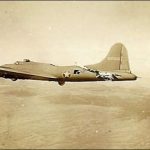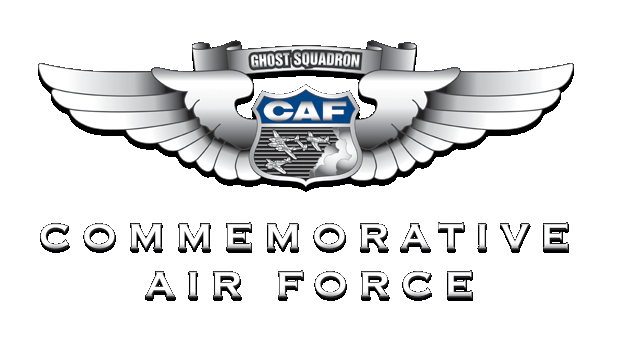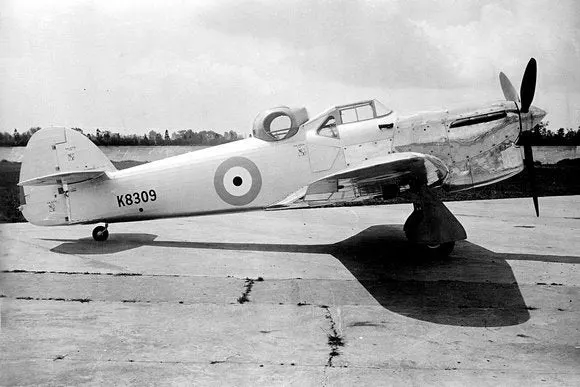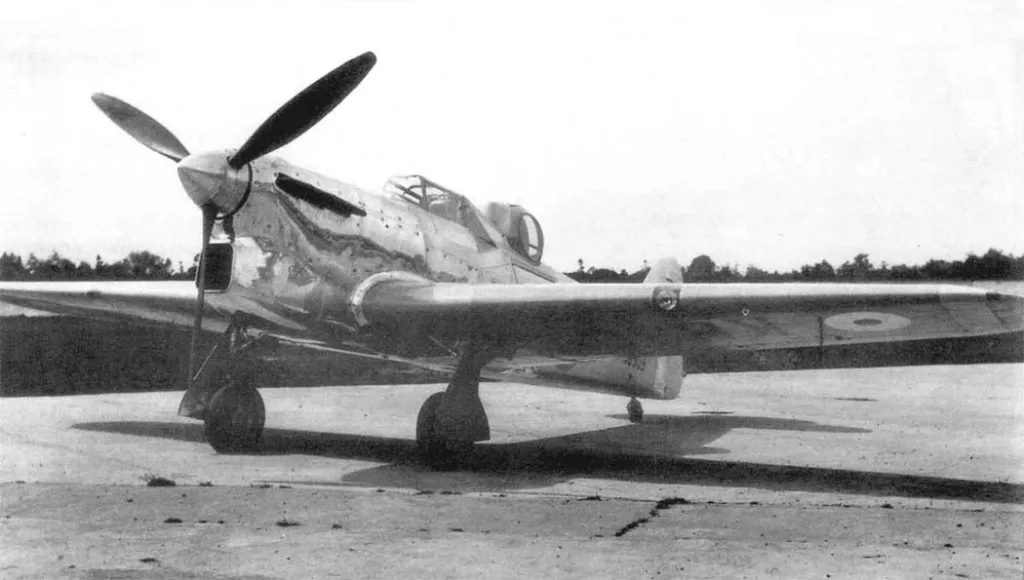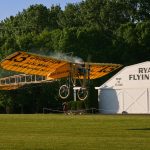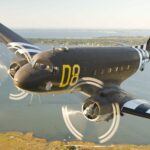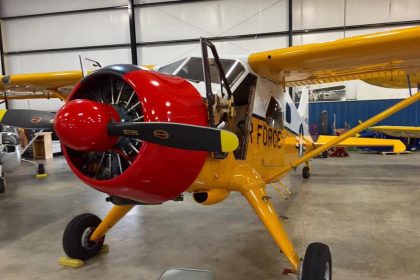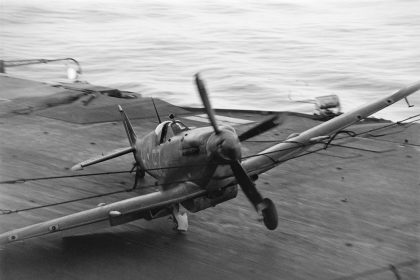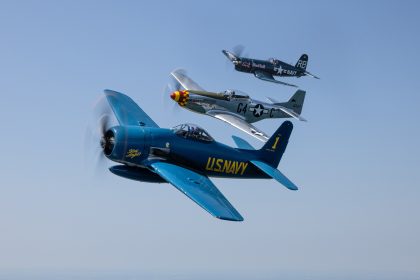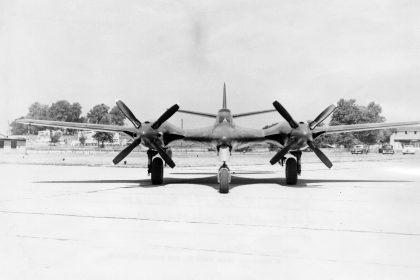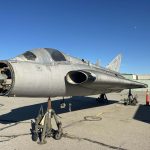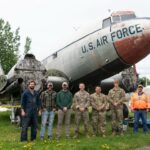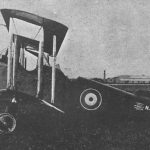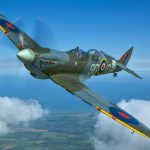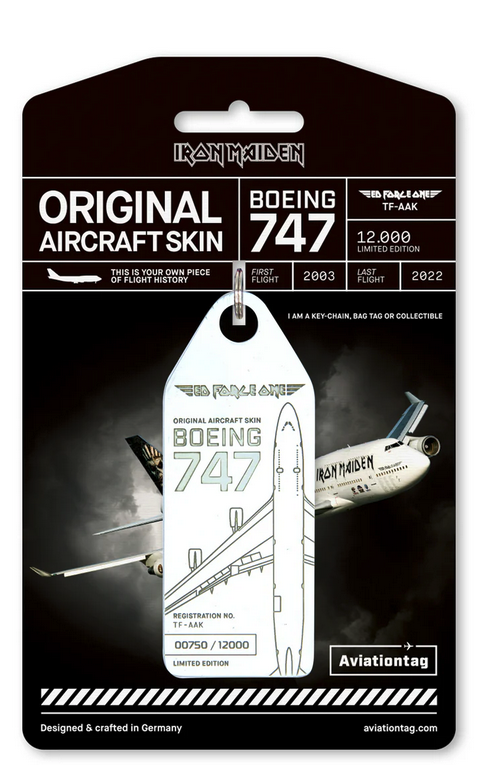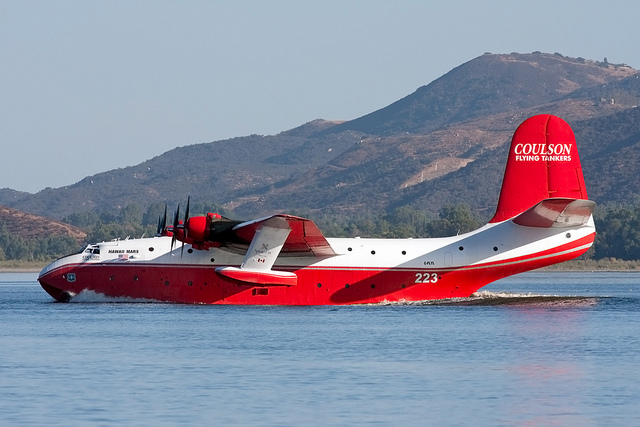On this day in aviation history, June 14, 1938—87 years ago—the Hawker Hotspur took to the skies for the first time. Developed as a potential turret-armed fighter for the Royal Air Force during the interwar period, the Hotspur reflected both traditional design elements and experimental ambition. The aircraft was created in response to Air Ministry Specification F.9/35, which called for a two-seat fighter equipped with a powered turret as its primary armament. This new type was intended to replace the aging Hawker Demon, itself a derivative of the Hawker Hart light bomber that had first flown a decade earlier, in 1928.
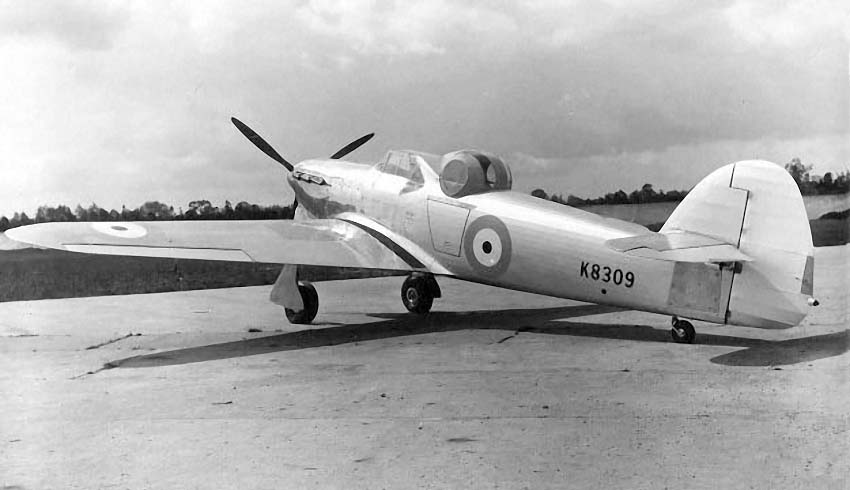
Rather than designing a new aircraft from scratch, Hawker Aircraft Company based the Hotspur on its existing Henley design. Originally developed to compete for the RAF’s light bomber role, the Henley ultimately found service as a target tug. Since it already incorporated some of the required elements—such as a turret-equipped configuration—it served as a logical foundation for the Hotspur. The Air Ministry’s specification required the aircraft to reach 290 mph at 15,000 feet, perform both day and night operations, and feature long-range patrol capabilities. Armament was to include a powered turret mounting four .303-inch Browning machine guns, with overall performance comparable to frontline fighters of the day.
The Hotspur was powered by a Rolls-Royce Merlin II V-12 inline piston engine producing 1,030 horsepower. It had a two-person crew consisting of a pilot and a gunner. In addition to the Boulton Paul dorsal turret, a single .303-inch Vickers machine gun was mounted in the nose. The aircraft achieved a top speed of 316 mph and a service ceiling of 28,000 feet. Despite its promising specifications, the Hotspur lost out to the Boulton Paul Defiant, which was ultimately selected as the RAF’s turret fighter. Compounding the setback, Hawker was already heavily committed to Hurricane production and lacked the capacity to continue developing the Hotspur. Only one prototype was built.
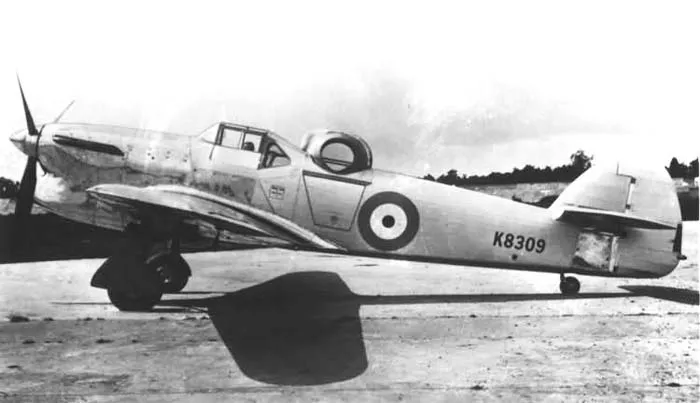
After initial testing, the lone Hotspur was transferred to RAE Farnborough for aerodynamic research, including trials of flap and dive brake configurations. On February 12, 1942, during a gliding test, the aircraft suffered an engine failure, forcing the pilot to execute a wheels-up landing. Although the damage was repairable, the program had long been shelved and the aircraft was deemed unworthy of further investment. It was scrapped soon afterward.
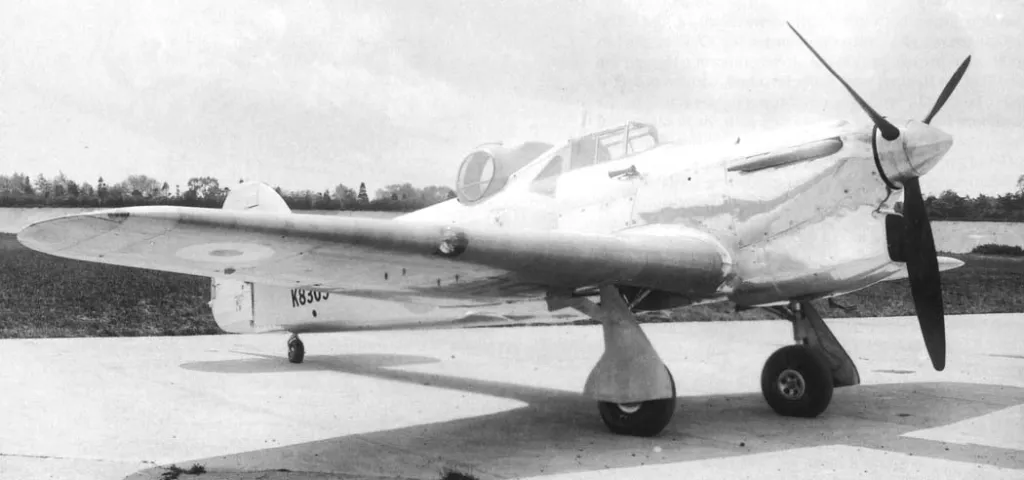
Though it never saw production or combat, the Hawker Hotspur remains a fascinating example of the RAF’s experimentation with turret-armed fighters—an idea that ultimately proved to have limited tactical value. Still, the Hotspur holds a place in aviation history as a bridge between biplane-era thinking and the evolving doctrines of aerial warfare on the eve of World War II.





